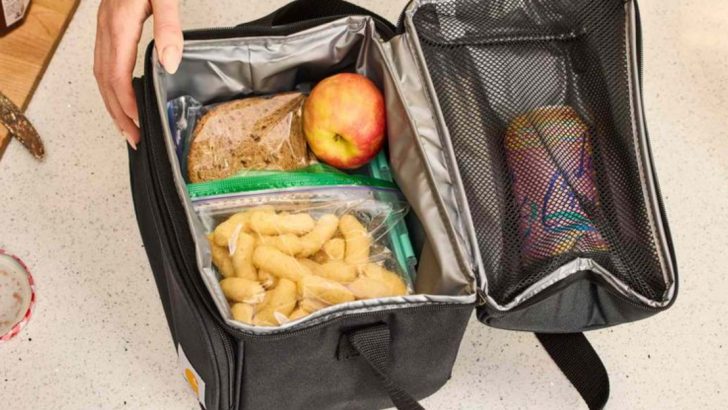Ever packed a lunch only to find it warm and unappetizing by noon? Keeping food cold throughout the day isn’t just about taste – it’s crucial for preventing bacteria growth and foodborne illness.
Whether you’re packing school lunches, heading to work, or planning a picnic, these game-changing secrets will revolutionize how you keep your cold foods fresh until you’re ready to dig in.
1. Freeze Your Water Bottles
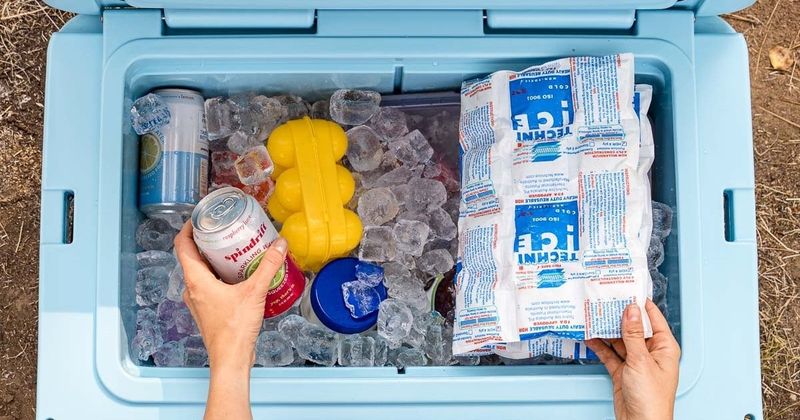
Forget ice packs! Water bottles transform into dual-purpose coolants. Freeze them overnight, then toss them in your lunch bag.
They’ll keep everything chilled for hours and gradually melt into refreshing drinks by lunchtime. Talk about efficient multitasking for your meal prep!
2. Pre-Chill Your Containers
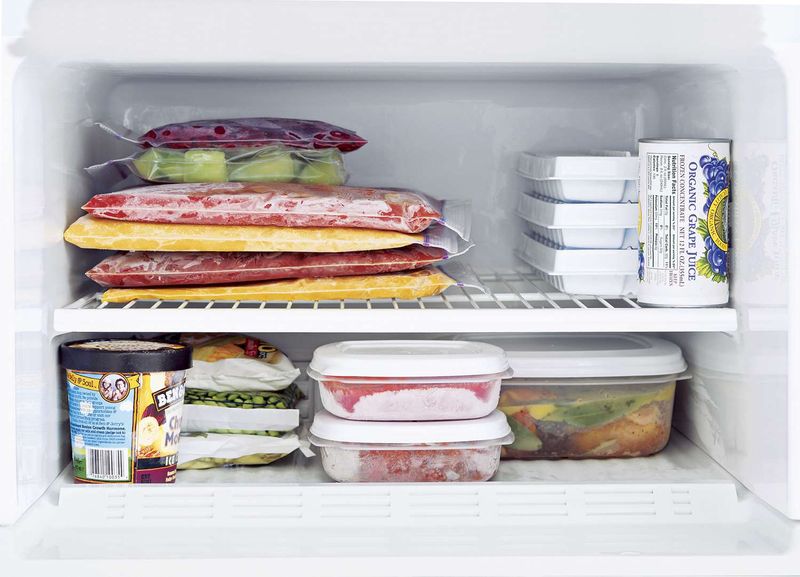
Smart lunch-packers know this trick: pop empty containers in the freezer for 15 minutes before filling them. This simple head start dramatically extends cold time.
The pre-chilled walls absorb heat more slowly. It creates a mini-refrigerator effect that keeps tuna salad, yogurt, and fruits perfectly cool hours longer.
3. Layer Like A Pro
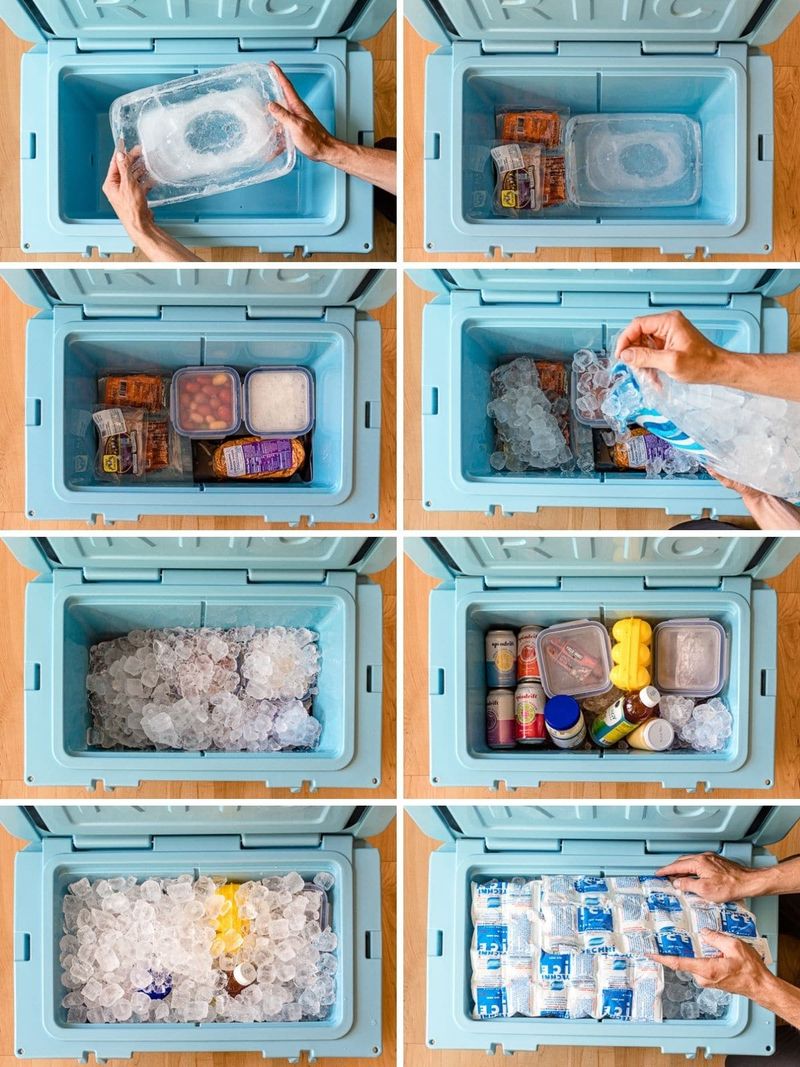
Cold items hate warm neighbors! Place frozen or coldest items at the bottom of your bag, then layer upward with less temperature-sensitive foods.
Think of it as building a cold fortress – yogurt and cheese form the foundation, while crackers and fruit create protective upper layers.
4. Insulated Bags Are Non-Negotiable
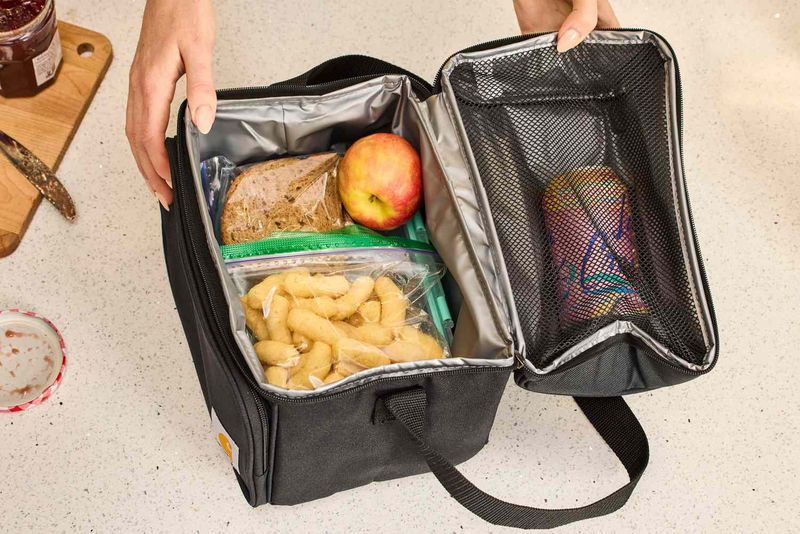
Paper bags belong in 1992! Today’s insulated lunch carriers use space-age technology similar to what NASA developed.
The reflective linings bounce heat away while trapping cold inside. Worth every penny, these miracle workers keep contents cold for 6+ hours.
5. Wrap Sandwiches In Aluminum Foil First
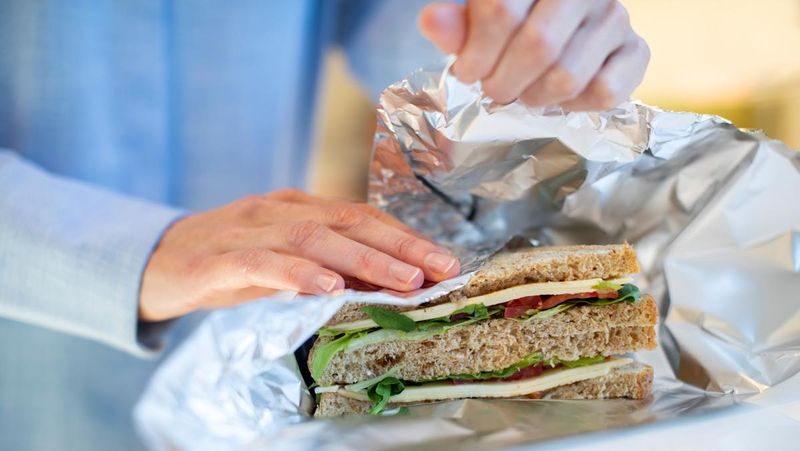
Aluminum foil isn’t just for baking potatoes! This metal marvel reflects heat away from your sandwich while locking in essential coldness.
First wrap in plastic to prevent sogginess, then create a foil armor. The double-barrier protection works wonders for temperature-sensitive fillings like mayonnaise.
6. Frozen Grapes: Nature’s Ice Cubes
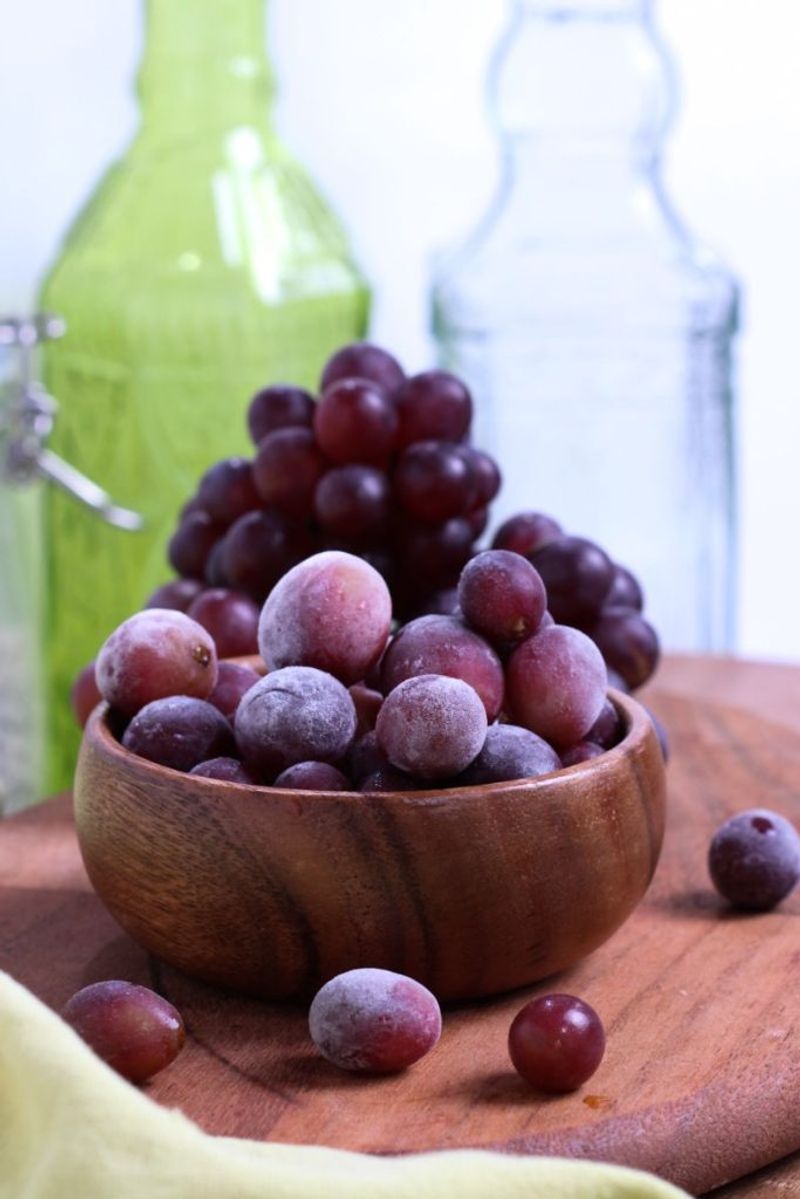
Frozen grapes pull double duty as edible ice packs! These grape-sicles keep surrounding foods chilled for hours while slowly thawing into perfect snacks.
Pack them in a small container at the center of your lunch bag. By midday, they’ll be semi-frozen.
7. The Thermos Trick

Thermoses aren’t just for hot soup! For cold foods, pre-chill your thermos with ice water for 10 minutes before emptying and filling.
The insulated walls maintain cold temperatures just as effectively as hot ones. Perfect for keeping milk, smoothies, or fruit salad frosty until lunchtime.
8. Separate Hot And Cold Foods
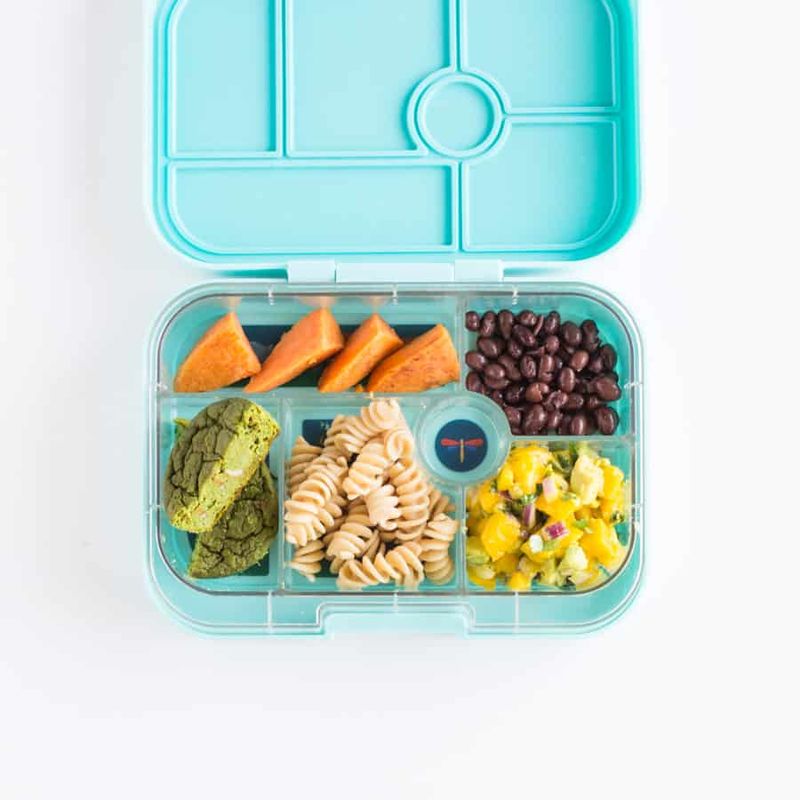
Never let your hot enchilada cozy up to your cold yogurt! Temperature contamination ruins both foods faster than you can say “lukewarm lunch.”
Use separate containers or insulated dividers. Better yet, pack hot and cold items in different bags entirely.
9. Freeze Yogurt Tubes Overnight
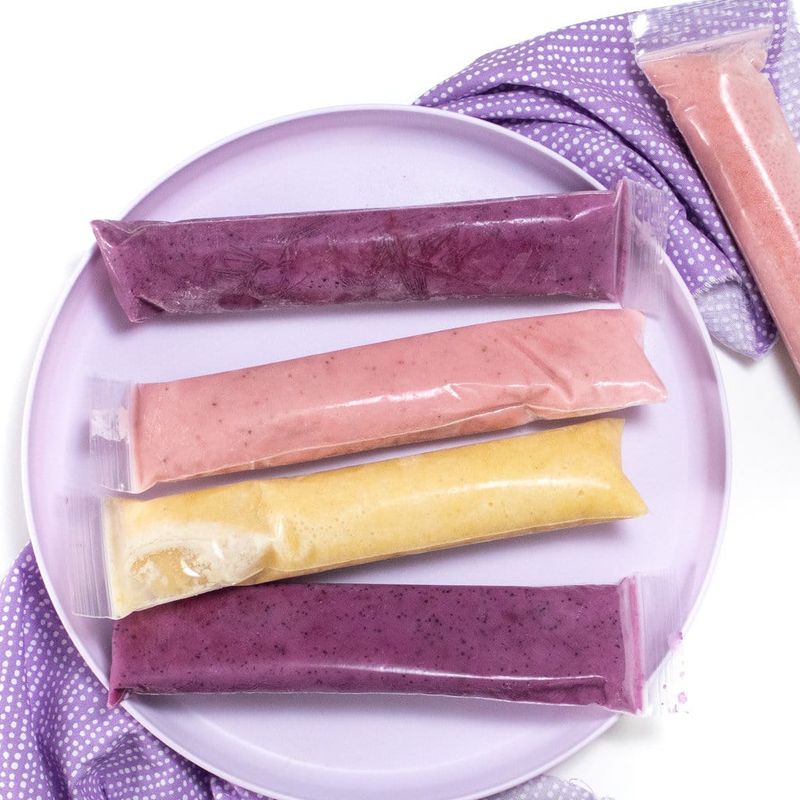
Rock-solid frozen yogurt tubes are lunchbox magic! They thaw perfectly by lunchtime while keeping surrounding foods cold.
The slow-melt consistency remains ideal for eating – no spoon required. Parents rejoice: kids think they’re getting dessert while you’re sneaking in protein and probiotics.
10. Ditch The Moisture Magnets
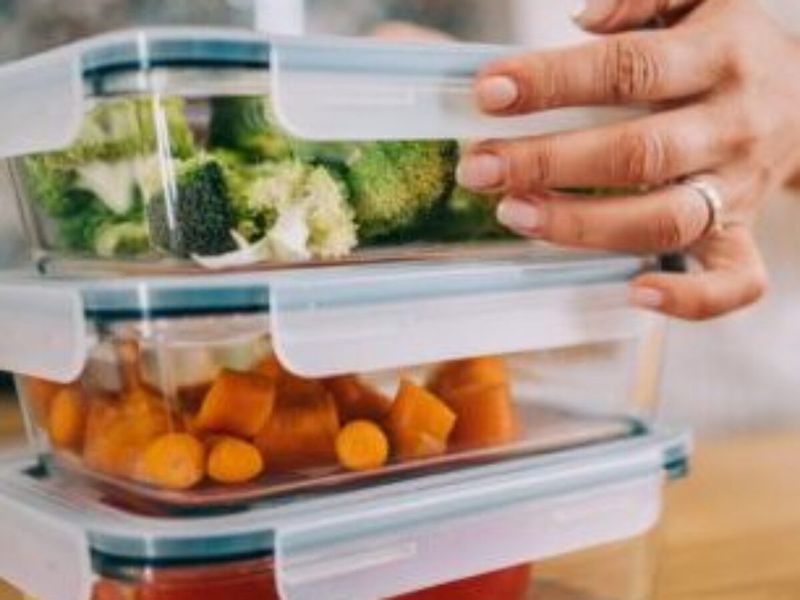
Moisture is cold food’s archenemy! Cut cucumbers, tomatoes, and watermelon release water that creates a humid environment where bacteria thrive.
Pack these water-heavy foods separately, preferably in containers with absorbent paper towels. Your sandwiches stay dry and bacteria get no invitation to your lunch party.
11. Freeze Bread To Keep Sandwiches Fresh
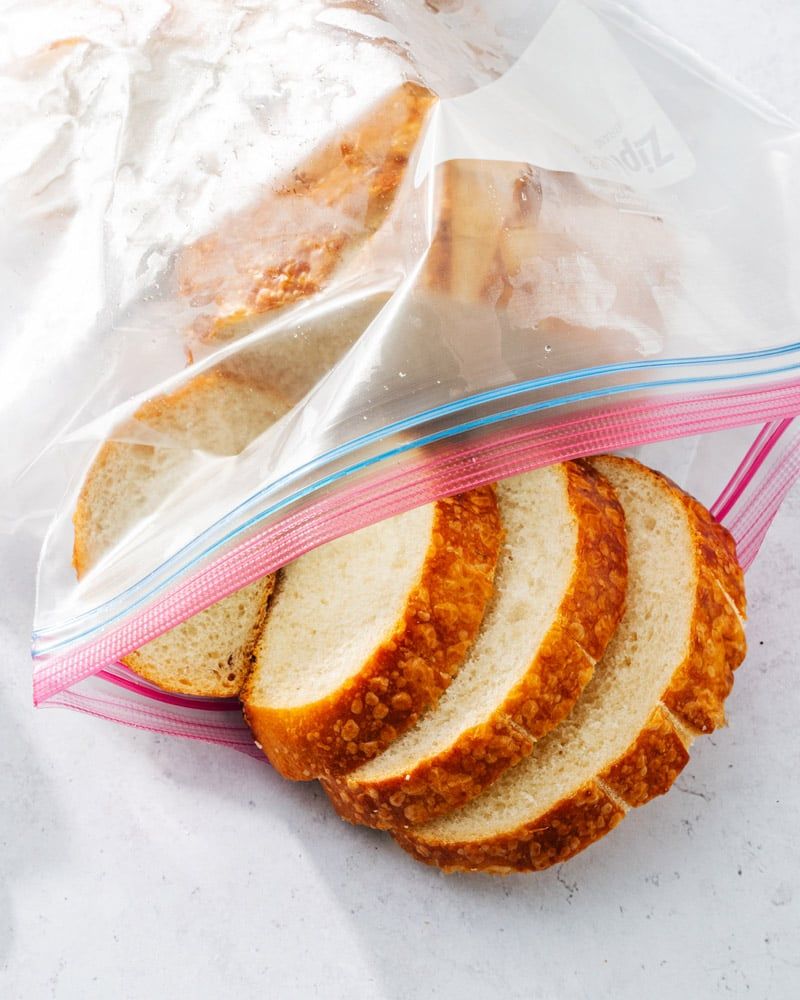
Frozen bread is your sandwich superhero! Assemble your sandwich with frozen slices in the morning – they’ll thaw by lunch while keeping fillings perfectly cold.
The gradual defrosting prevents sogginess and maintains that just-made freshness. Works miraculously with peanut butter and jelly.
12. Reusable Ice Packs: Size Matters
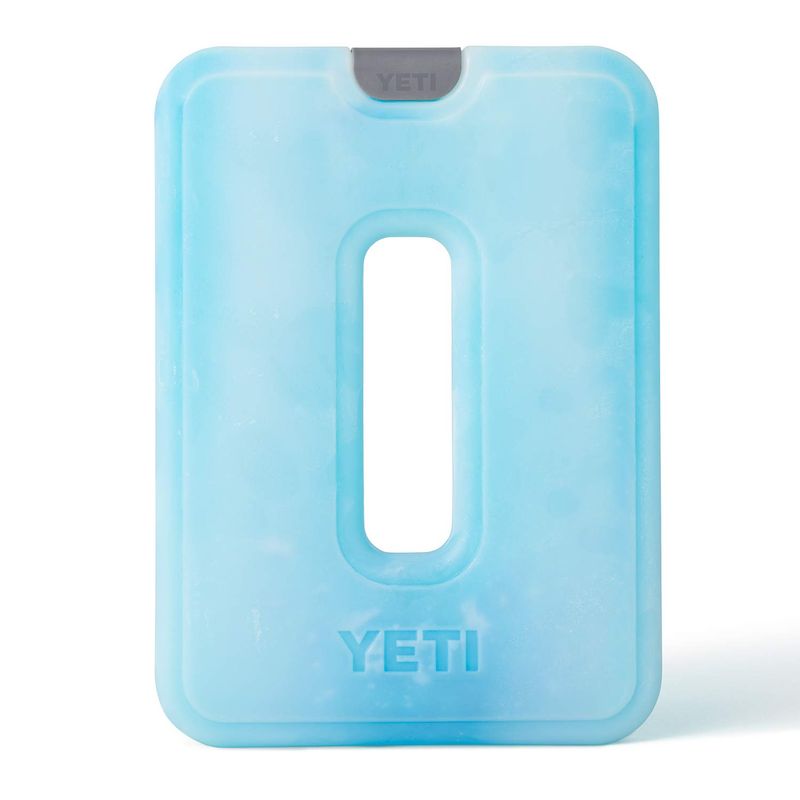
Tiny ice packs are practically useless! Invest in large, flat packs that cover maximum surface area against your containers. Strategic placement makes all the difference.
Sandwich your food between two ice sheets for all-around cooling. Pro tip: freeze multiple sets so you’re never caught without a fully-frozen backup.
13. The Miracle Of Insulated Food Jars
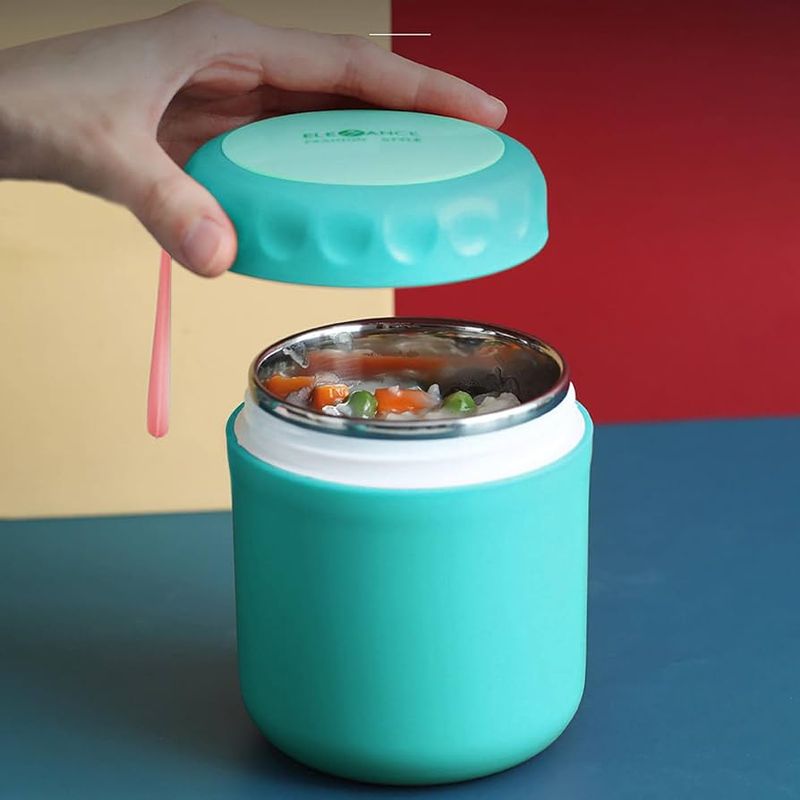
Vacuum-insulated food jars are technological marvels! These stainless steel wonders maintain cold temperatures for 8+ hours without condensation or outside temperature interference.
Great for temperature-sensitive foods like chicken salad, dairy-based dips, and desserts. Worth every penny for anyone serious about food safety.
14. Freeze Juice Boxes As Ice Packs
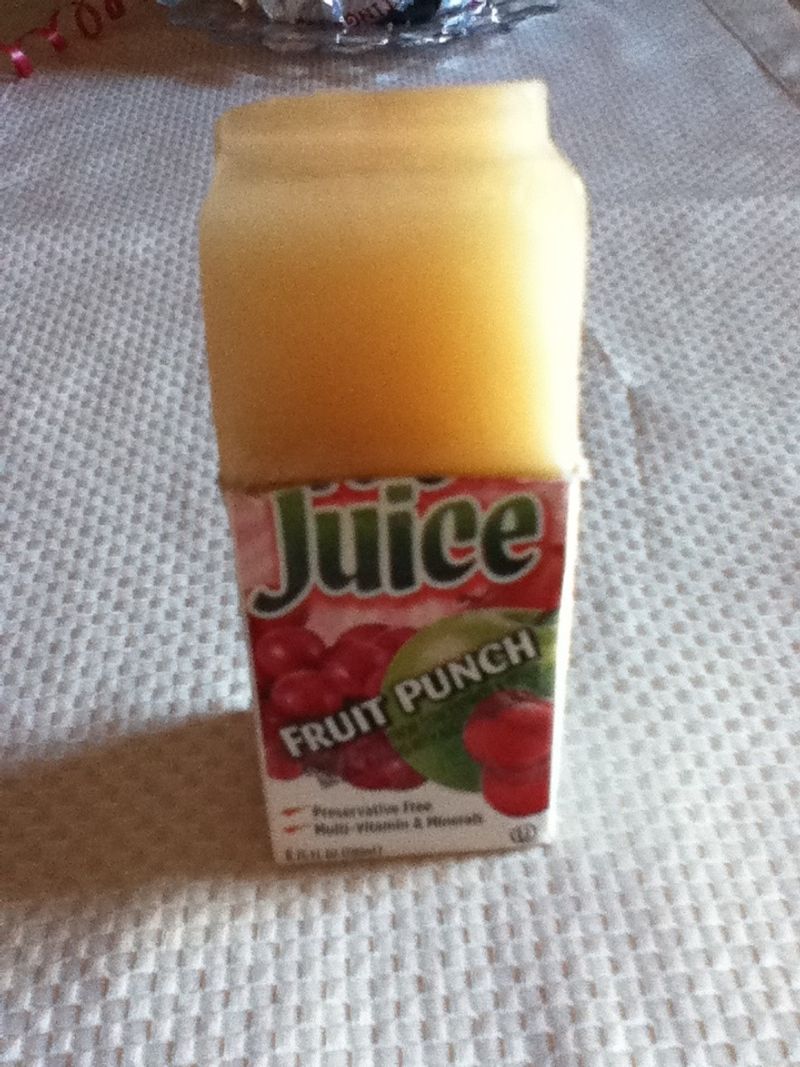
Juice boxes transform into edible refrigeration units! Freeze them solid, then pack alongside perishables.
They thaw at the perfect rate, keeping everything cold while becoming slushy-textured drinks by lunchtime. Kids love the novelty of semi-frozen juice.
15. The Paper Bag Insulation Hack

Brown paper bags aren’t completely useless! Create insulation by folding one bag inside another with newspaper stuffed between layers.
This DIY solution creates dead air space that slows temperature transfer. Not as effective as commercial options, but perfect in a pinch when you’ve forgotten your fancy lunch bag at home!
16. Pack Densely: Eliminate Air Space
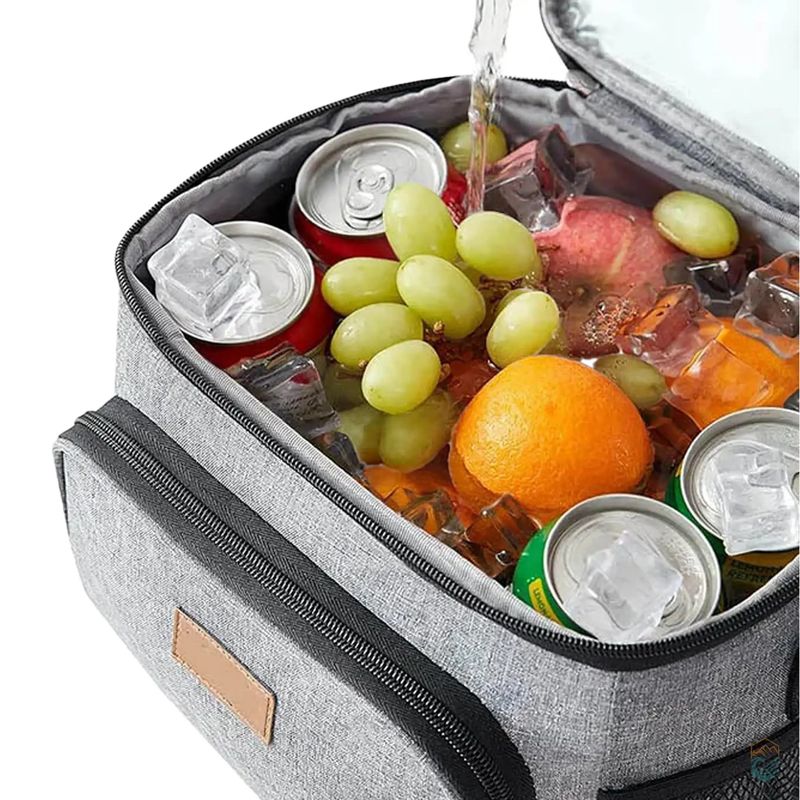
Air is the invisible enemy of cold food! Pack your lunch bag completely full, eliminating gaps where warm air can circulate.
If necessary, fill empty spaces with additional cold packs or even crumpled aluminum foil. The less room for air movement, the longer your carefully packed perishables stay safely chilled.
17. Keep It In The Dark
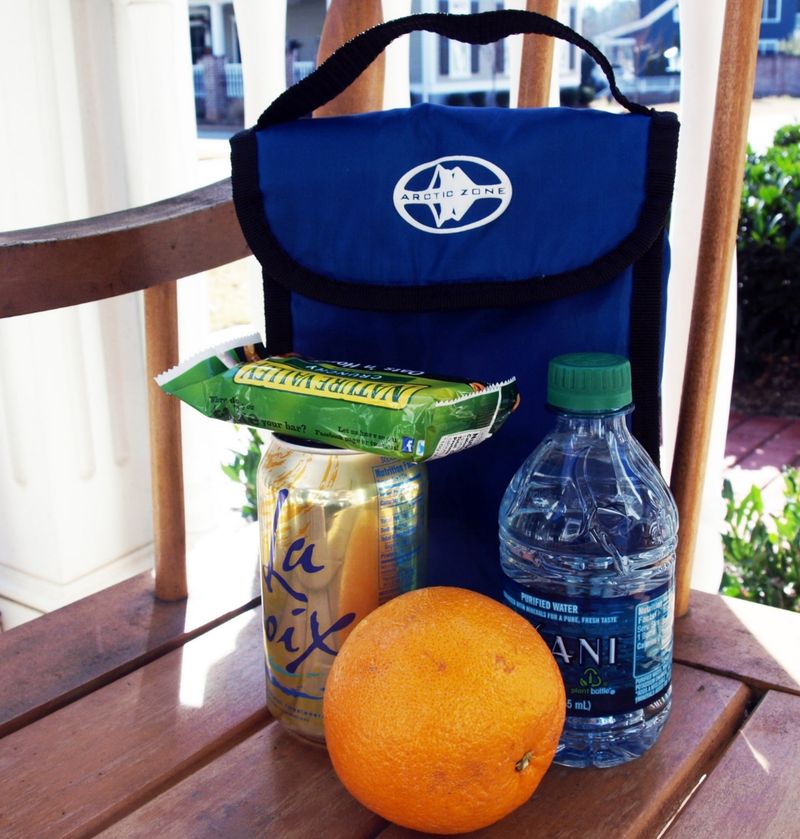
Sunlight is cold food’s worst nightmare! Even insulated bags struggle against direct sunlight’s heating power.
Store your lunch in shaded areas – under your desk, in a locker, or in the office refrigerator when possible. Those UV rays that give you sunburn are equally determined to warm up your carefully chilled chicken salad!
18. The Overnight Refrigeration Rule
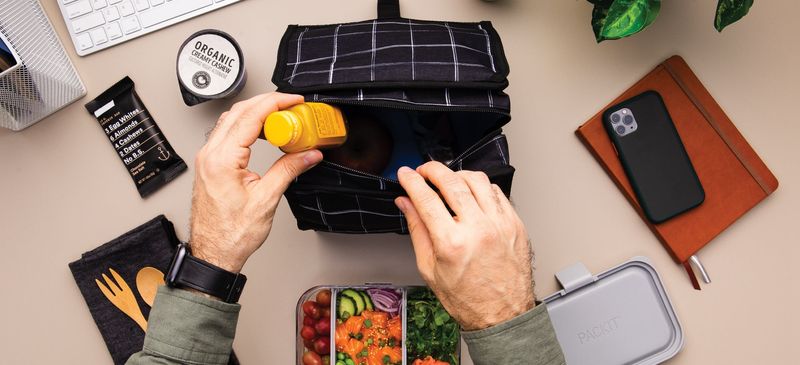
Cold foods need a head start! Refrigerate your entire packed lunch overnight – containers, bag, and all.
This pre-chilling strategy means everything starts at optimal temperature, not just the food itself. Your insulated bag works more efficiently when it doesn’t have to waste cooling power on room-temperature containers.

